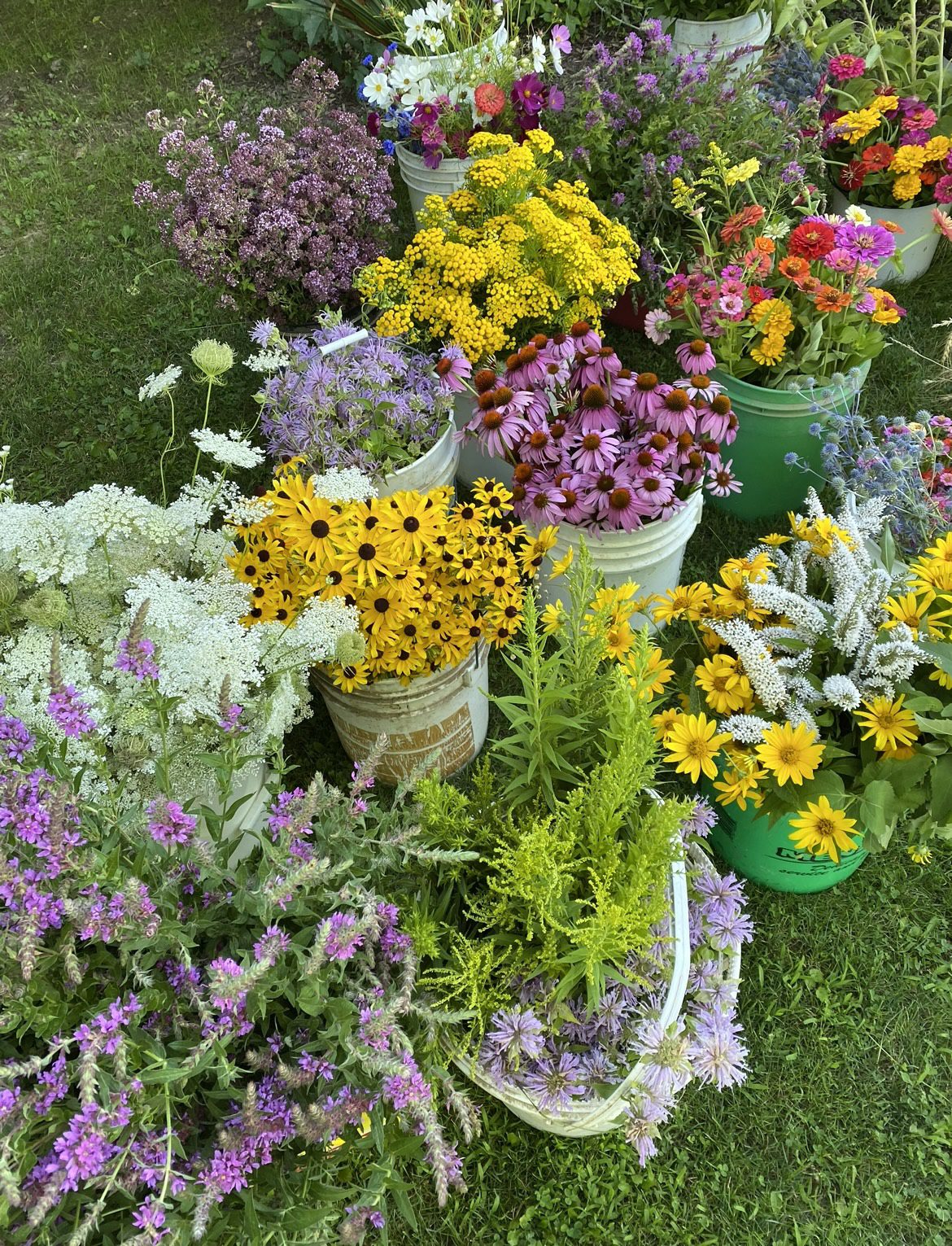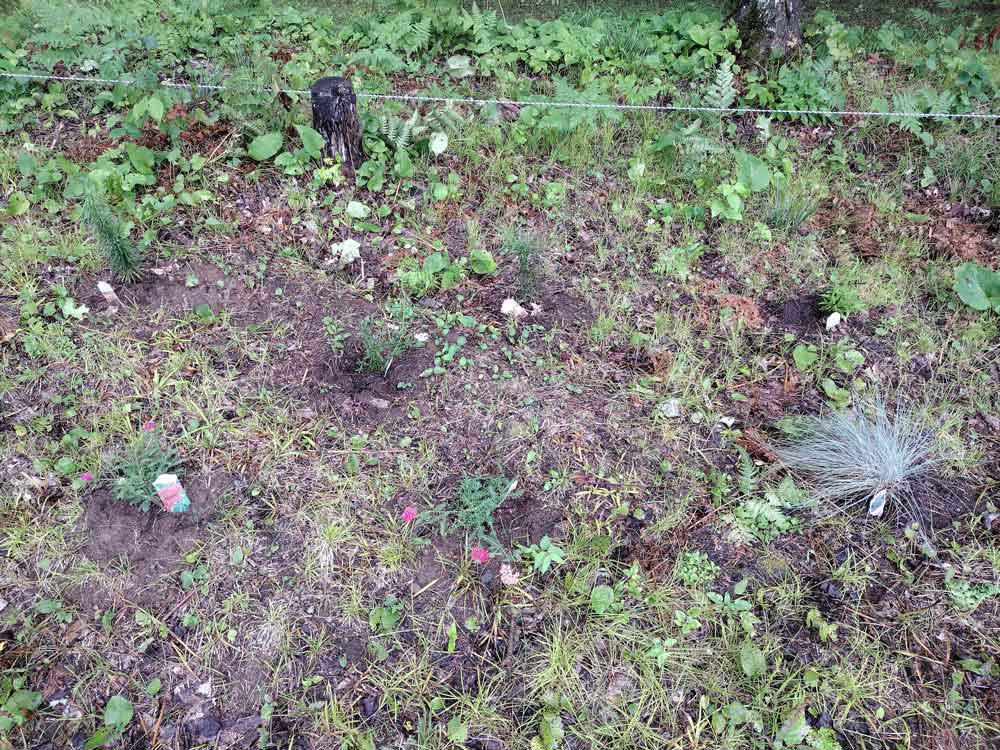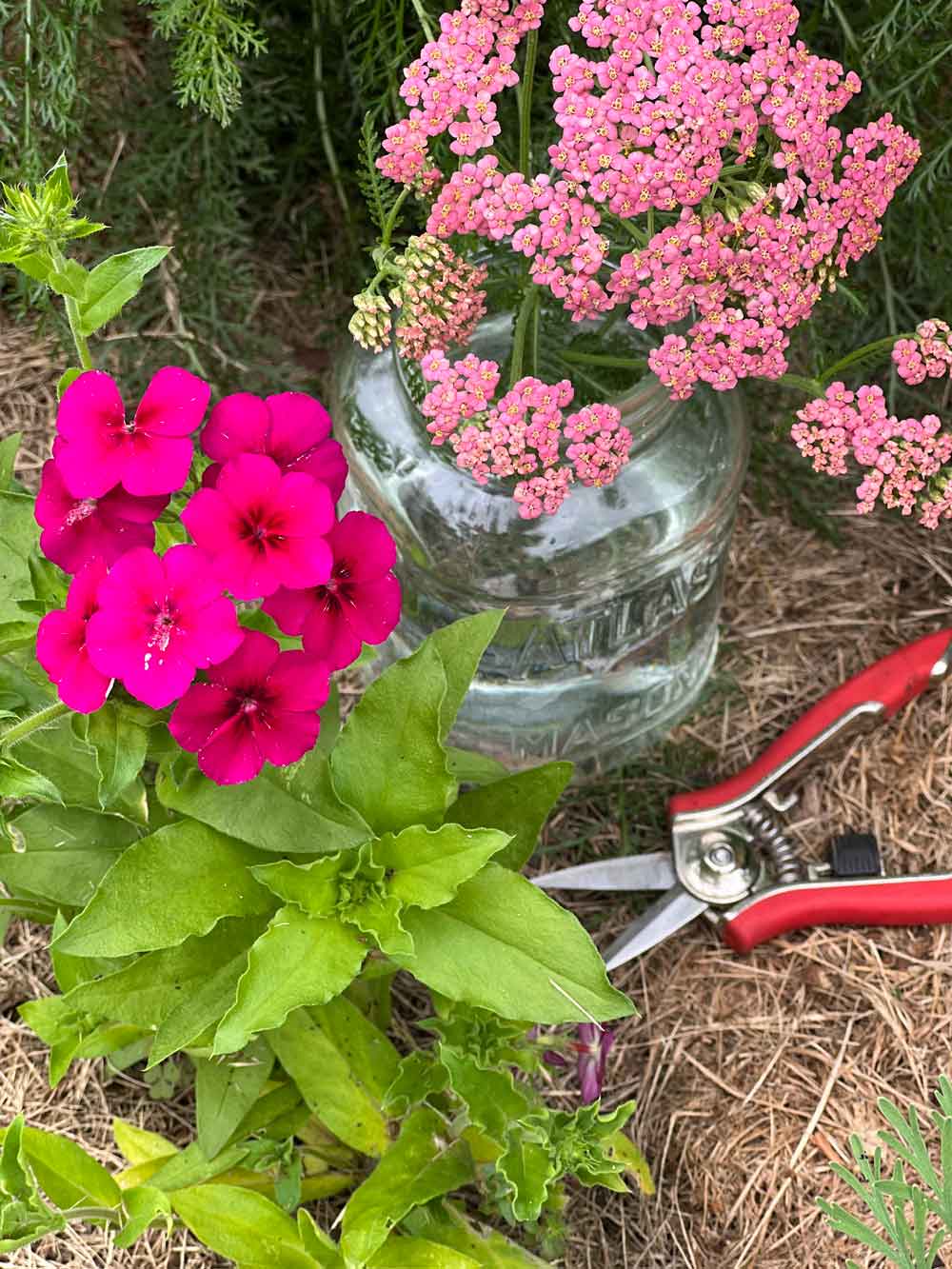About Yarrow
Yarrow is a versatile plant globally recognized for both its therapeutic qualities and its appealing flowers and foliage. Its robust, spreading rhizomatous roots make it an excellent choice for erosion control along banks and disturbed hillsides, frequently utilized in permaculture to absorb excess rain runoff.
Yarrow is the holistic answer to many ailments. If you aim to repel biting insects or attract pollinators, yarrow is the answer. It draws in numerous butterfly, bee, and beneficial wasp species, while it is also a reliable ingredient in do-it-yourself bug repellent formulations. Furthermore, yarrow remains untouched by deer, adding to its appeal in various landscapes.
When to Plant Yarrow Seeds
Start yarrow indoors six to eight weeks before the last frost of the season, or sow directly into the garden after the last frost of the season has passed.
Where to Plant Yarrow Seeds
Yarrow thrives in well draining, dry, sandy loams with access to full sun (six to eight hours of sun per day) and protection from high winds. Avoid rich, moist soils, or the plant tends to suffer and flop over or become leggy. Yarrow plants will readily spread via seeds or rhizomes, so it may be beneficial to plant in an area with plenty of room for yarrow to populate.
How to Plant Yarrow Seeds
Yarrow seeds require light to germinate, so be careful not to cover them when planting. Learn more about germination light requirements here.
When started outdoors, spread yarrow seeds via broadcasting into moistened soil and do not bury or cover them, but instead press them into the soil. Keep the soil moist as the seeds germinate. Weed out weaker plants until plants are 18 to 24 inches apart as they grow larger or as they are transplanted into the garden from indoors.
How to Care for Yarrow
Deadheading of spent flowers encourages a new flush of bloom throughout the season. Water yarrow sparingly but deeply. On particularly hot days, a bit of water may revivify the plant. Yarrow will aggressively spread through reseeding or via rhizomes, therefore dividing the plants every few years can facilitate the health of the plant.
If you allow the flowers to fade, the oblong fruit pods will attract hungry birds. Alternatively, after the blooming season ends, the plant can be cut back to the ground to tidy up the planting area.





